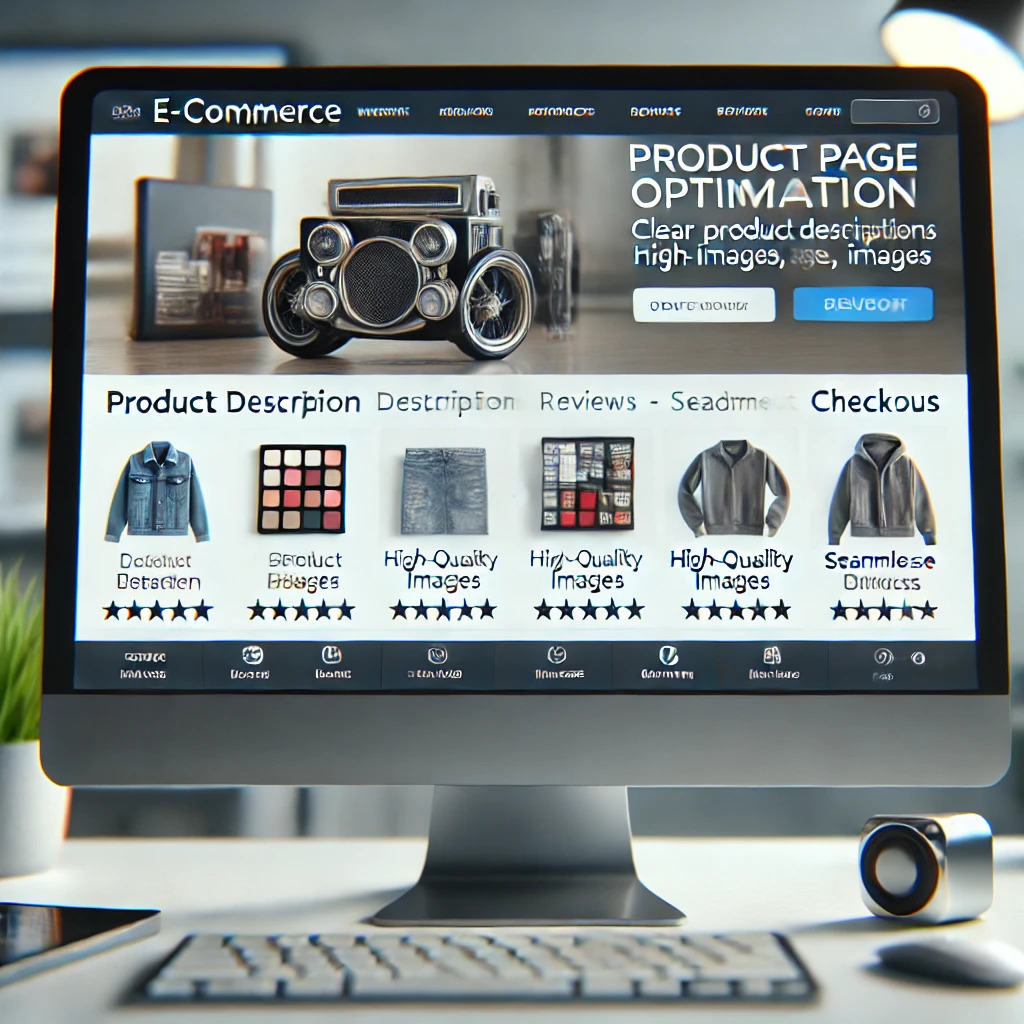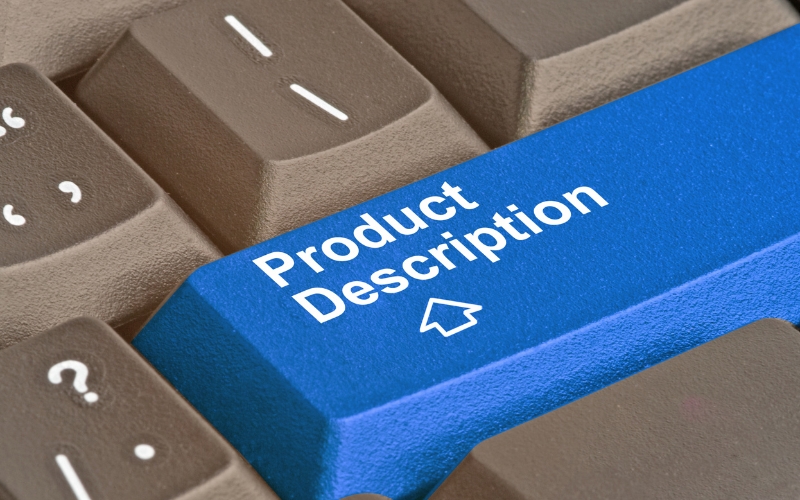
In the competitive world of e-commerce, product page optimization plays a vital role in driving conversions and maximizing sales. Your product page is often the first point of contact with potential customers, and it’s essential to make a lasting impression. A well-crafted product description, clear visuals, and streamlined user experience can significantly influence a customer’s purchasing decision. By focusing on key aspects of product page optimization, businesses can create a shopping experience that builds trust and encourages users to complete their purchases.
Crafting the Perfect Product Description

One of the most critical elements of product page optimization is crafting the perfect product description. A compelling description can make the difference between a user bouncing from your page or converting into a customer. It’s essential to write descriptions that clearly highlight the benefits and features of the product, making it irresistible to your audience.
First, focus on the core benefits of the product. Instead of just listing technical features, explain how the product solves a problem or enhances the customer’s life. For instance, if you’re selling a coffee maker, rather than just stating its brewing capacity, explain how it brews the perfect cup of coffee every time, saving time for busy mornings and enhancing the overall experience. By emphasizing benefits over features, you make the product relatable to potential buyers.
Incorporating storytelling into your product description is a powerful way to engage customers. People connect with stories more than they do with mere facts. Share a brief narrative about how the product came to be, or describe a scenario where the customer uses the product and enjoys its advantages. This technique builds an emotional connection, which is key in product page optimization. For example, a skincare brand might tell the story of how their product was formulated with natural ingredients to address skin concerns, which helps customers envision themselves benefiting from it.
It’s also essential to avoid using jargon or overly technical terms that might confuse or alienate the audience. While it’s tempting to use industry-specific language, doing so may create a barrier to understanding for your customers. Instead, ensure the description is simple, clear, and tailored to the target audience. A good rule of thumb is to write the description as if you’re explaining the product to a friend who knows little about it.
Remember, product page optimization isn’t just about writing; it’s about writing in a way that resonates with your audience. The description should speak directly to the customer’s needs, addressing pain points and showing how your product is the perfect solution. To maximize effectiveness, use a conversational tone that feels approachable and sincere.
By focusing on these aspects of product description writing, you’ll create an engaging, clear, and persuasive page that resonates with your target audience, ultimately driving higher conversions and improving your product page optimization strategy.
Optimizing Product Images and Media

When it comes to product page optimization, the role of high-quality images and media cannot be overstated. Product images and videos are the visual representation of what customers are buying, and they can significantly influence purchasing decisions. In fact, studies have shown that customers are more likely to buy a product if they can see it from multiple angles and in action. For this reason, investing in clear, high-resolution images is one of the best ways to enhance your product page and improve conversion rates.
High-quality images are essential for conveying the product’s true look and feel. Low-resolution or blurry images can lead to customer doubts and discourage purchases. It’s crucial to showcase your product with crystal-clear visuals that highlight its features, texture, and quality. This is especially important for products like clothing, electronics, or furniture, where customers want to inspect details before making a decision. With product page optimization, using images that load quickly and display the product in its best light can create a positive first impression and keep customers engaged.
In addition to static images, integrating videos can elevate the shopping experience even further. Product videos can demonstrate the product in action, provide a closer look at its functionality, and highlight unique features that may be hard to convey through photos alone. Videos also allow customers to experience the product as if they were in a store, which helps build trust and engagement. Product page optimization benefits significantly from the addition of product demonstration videos, as they provide a comprehensive, realistic view of the product.
Another effective feature to implement during product page optimization is the ability to zoom in on images and provide 360-degree views. Zoom features allow customers to get an up-close look at the product, providing them with the detail they may need to feel confident in their purchase. A 360-degree view can provide a complete perspective, letting shoppers virtually “turn” the product and examine it from all angles. These interactive features improve the shopping experience by replicating the tactile interaction customers would have in a physical store.
Lastly, while it’s important to provide high-quality media, it’s equally crucial to ensure fast loading times for your images and videos. Slow-loading pages can lead to higher bounce rates, which can hurt both user experience and SEO. To achieve this, use image compression tools to reduce file sizes without sacrificing quality. Implementing lazy loading, where images only load as the user scrolls down the page, can also enhance page speed while improving product page optimization.
By optimizing images and media effectively, you can create an engaging and seamless shopping experience that drives higher conversions.




